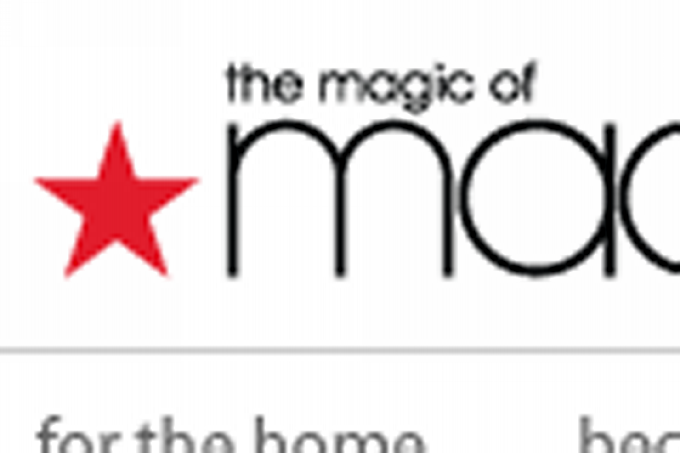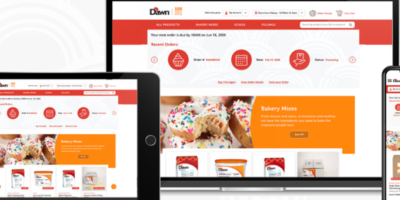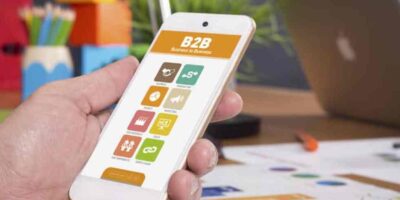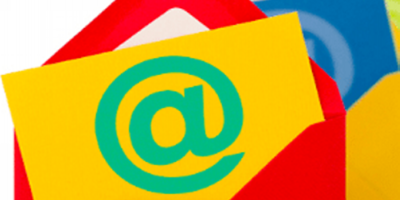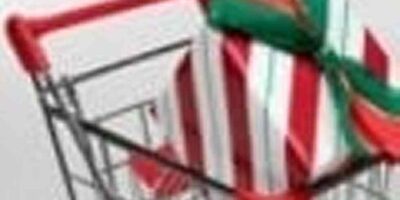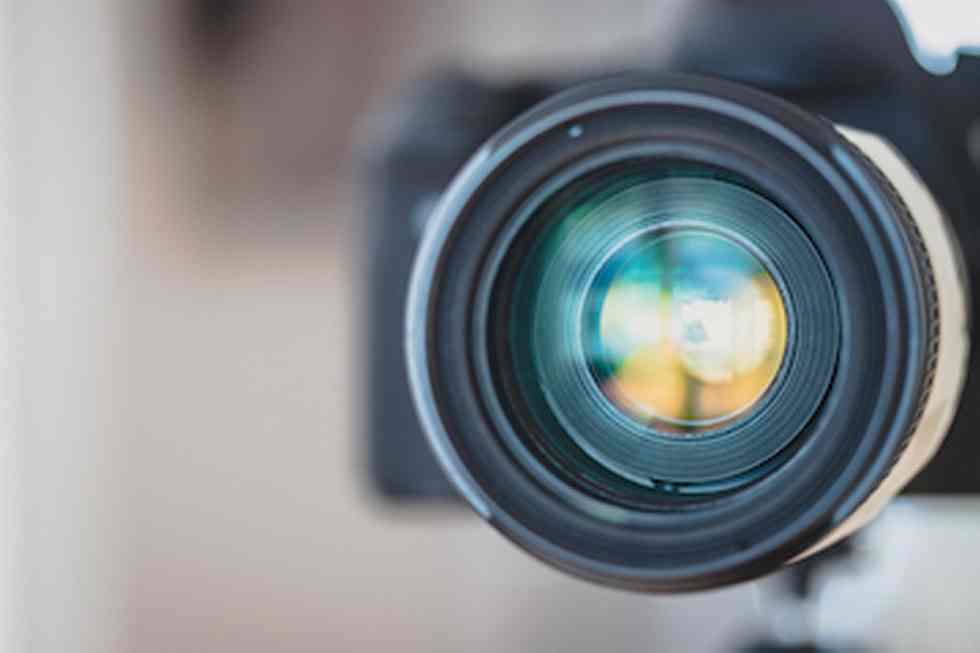
The ultimate step in product images is optimizing the pictures for serps and web page velocity.
That is the 14th installment in my collection on serving to ecommerce retailers create higher product photos, following “Half 1: Selecting Backdrops,” “Half 2: Deciding on Tripods,” “Half 3: Synthetic Lighting Fundamentals,” “Half 4: Angles and Viewpoints,” “Half 5: Selecting a Digital camera,” “Half 6: Deciding on a Lens,” “Half 7: Magnification and Shut-ups,” “Half 8: Composition Necessities,” “Half 9: Superior Composition,” “Half 10: Strains as Design Components,” “Half 11: Picture Enhancing,” “Half 12: Coloration Correction and Presets,” and “Half 13: Particular Edits.”
On this put up, I’ll handle making your photographs sooner to obtain and extra seen in Google’s picture search.
Picture Search
Optimize descriptions. It’s tempting to maintain the default picture names out of your digicam. However don’t do it. Take the time to rename these photos with key phrases. It’ll assist rank in Google’s picture search. Natural search visitors is the lifeblood of many ecommerce companies. Creating keyword-rich information is as vital because the copy on product pages.
For picture key phrases, take into consideration how internet buyers seek for your kind of merchandise and apply these patterns to file names. In the event you’re uncertain of these search queries, instruments akin to Moz, Semrush, Ahrefs, Rank Tracker, and Google Search Console will help.
Take into account the instance beneath from my very own enterprise. The unique file title for this portray as assigned by my digicam was a string of numbers, akin to 1583.jpg. However that isn’t descriptive. So I modified the title to panamericanartprojects-carolyn-mara-overlapping-circles-2021.jpg.
That description lists vital key phrases shoppers can use to seek out my paintings by way of any search engine. Do the identical for the file names of your product photos.
The digicam’s default file title for this picture of the creator’s portray contained solely numbers, akin to 1583.jpg. She modified it.
Customise alt attributes. An alt attribute — different textual content — describes a picture. It’s important accessibility for visually-handicapped customers and people that don’t in any other case obtain photographs. For serps, it supplies extra, keyword-rich data and thus elevates rankings, doubtlessly. Apply the identical key phrase analysis to alt textual content as for file names. For instance, the alt textual content from my picture above is alt= “Carolyn Mara, Overlapping Circles, 2021”.
Embrace mannequin numbers or serial numbers in alt attributes if relevant to your merchandise. However don’t overdo it. Preserve alt attributes related and easy.
Web page Velocity
The dimensions of a picture determines obtain velocity. The larger the picture, the slower the velocity — a 200-kilobyte picture is slower than 50 kb. Sluggish pages impression your guests’ purchasing expertise. Many will depart if too gradual. For natural search rankings, Google’s new Core Internet Vitals algorithm assesses velocity. Slower websites have decrease rankings. Happily, retailers can optimize their photos for sooner downloads.
First, optimize thumbnails. Product thumbnails will be useful on, say, class pages and even the house web page. However use them sparingly and make them as light-weight as doable. Cut back the decision if crucial. And ensure the alt textual content of your thumbnails is completely different from the bigger model. Many ecommerce platforms optimize thumbnails robotically.
Second, shoot in RAW format however add in JPEG. Shoot and edit your merchandise in RAW format. Then convert them to JPEGs. RAW information, not like JPEGs, seize all the knowledge from the digicam’s sensor, which makes it simpler when modifying and acquiring the true shade of your merchandise. RAW information additionally present elevated brightness.
However the draw back of taking pictures in RAW is that the information are usually large, as much as 10-times bigger than a JPEG. Thus, shoot and edit in RAW. Then convert the photographs to JPEGs.
See “Half 15: Crafting an Picture Begin to End.”






